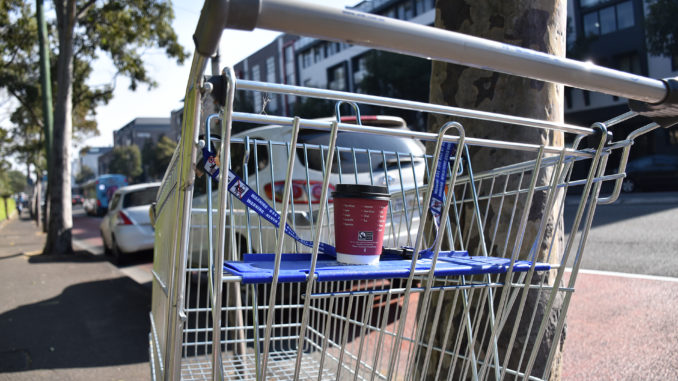
The City of Port Augusta, a beautiful town sits on the end of the Spencer Gulf in South Australia. On a lovely weekend, you wear a new swimsuit and sunscreen and can’t wait to rush to the water.
“A monster underwater with green hair”, you shout when you come to the seaside. It takes you moments to identify that it’s a combination of your familiar shopping trolleys which have stayed underwater for a long time with aquatic plant attached.
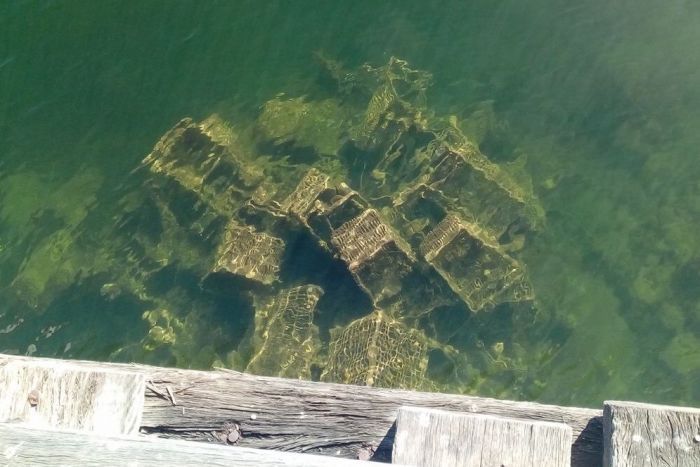
In 2018, the City of Port Augusta decided to invest $15,000 to remove about 500 trolleys from the waters off the city wharves. However it is not the only council struggling to clean up trolleys and get them back to the supermarkets. All over the country local government is trying new strategies to restrict trolleys within retailers’ premises.
Ongoing headache among Australia communities
In Sydney’s Burwood council area, Mayor John Faker has recently suggested that council needs to more quickly impound trolleys found in dangerous areas and force retailers to equip their trolleys with electronic locking systems. Although Burwood introduced a policy for the management of abandoned or unattended shopping trolleys back in early 2005, the Mayor has argued these new stricter measures are necessary because the old approach wasn’t working.
Each day, thousands of trolleys are abandoned across Australia. They end up in driveways and on pavements, threaten the safety of drivers and pedestrians. They are left in public car parks, blocking the limited parking spaces in cities. They are dumped in bushes and creeks, spoiling the community environment.
A customer in Burwood’s Coles Westfield, Mantinar Huang said he thought the situation may get worse, “because retailers have banned free plastic bags, some customers instead are pushing a shopping trolley home”. Twitter user Talmeris@Azhdayas also noticed the increase of abandoned trolleys in Australia.

A journey of an abandoned trolley
SLIDESHOW: where we can find abandoned trolleys CC BY-SA Abner Wang
Abandoned trolley management policies differ among different council areas. Take Burwood as an example. Burwood council’s enforcement officers will label every abandoned trolley after they find it out of the premises of the shopping centre.
Then the council notifies retailers to collect those trolleys within three days otherwise trolleys will be impounded. Retailers still have a chance in 30 days to fetch their trolleys but they have to pay an impounding fee.
According to Burwood council’s fees and charges policy for 2018-19, the impounding fee is $120 plus $10 per day per trolley which is close to the original value of a shopping trolley. In 2019, there are already 405 Coles trolleys found in the council.
Under this policy, retailers are always racing against time. Burwood Coles has drivers and two more vehicles this year that are sent to the streets to bring back their trolleys as soon as possible.
Trolley manager in Coles Burwood, Mr. Raslid said “In a reach of 500-600 metres far from the shopping centre, our workers collect abandoned trolleys daily”. He said in the remote place in Burwood government area, Coles drivers will check every certain time.
“Our workers start to collect trolleys at about 9 am before and now they start working early at 7 am in order to ‘save’ trolleys from impoundment and penalty”, He added.
Compared with considering how to find them back, it’s more straightforward for retailers to stop trolleys from pushing out.
VIDEO: retailers’ tries to prevent trolleys from going feral CC BY-SA Abner Wang
Who is tracking them
However, it’s quite time-consuming to find abandoned trolleys in a large area because they don’t lay orderly on the street sides, waiting for retailer staff to collect. Instead, sometimes, trolleys are found at some weird positions, such as bush, someone’s courtyard or in the water.
With the increasing of abandoned trolleys, retailers have to pay more salaries to collect them. Coles has its own team to collect trolleys while Woolworths and BIGW use a third-party service called Trolley Tracker to do such a thing.
Both of retailer’s tracking teams and third-party tracking companies encourage residents to report abandoned trolleys which seems a helpful complement to their limited crew. For example, residents can report Coles trolleys through the customer service line, Coles app or filling out a form on their website.
The main information that should be reported includes the trolleys’ owner, location and quantity of the abandoned trolleys. Coles even prints its telephone number for reporting directly on the trolley.
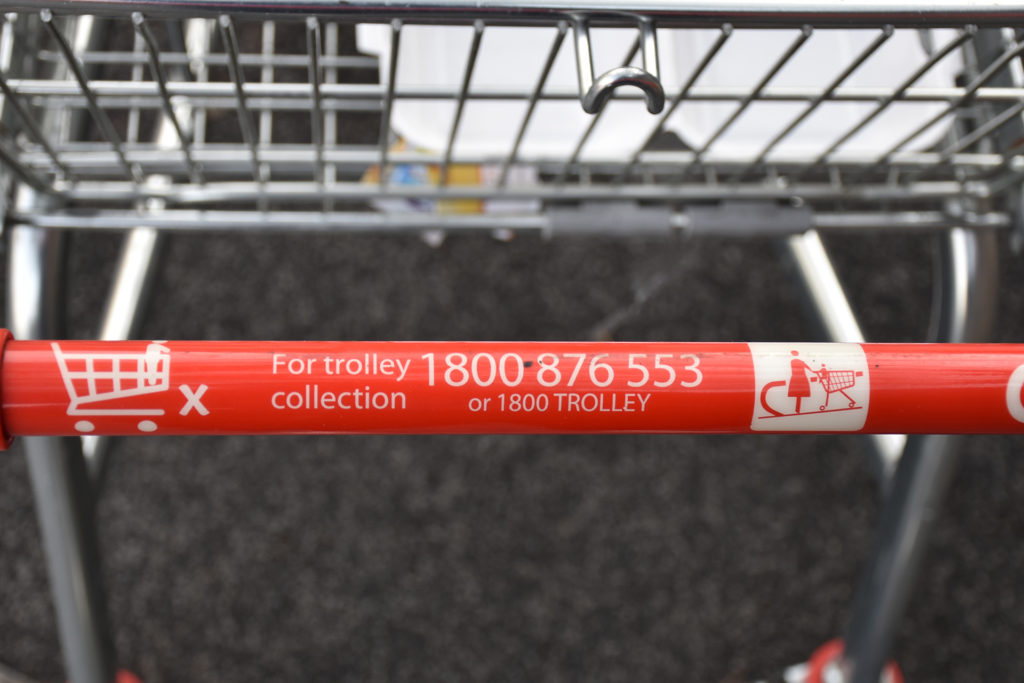
But a lot of residents have never noticed this information, let alone reported a trolley. Edison Zhang, a customer shopping in Coles was suprised that residents can report an abandoned trolley to retailers.
A small investigation in Burwood local government area
Residents’ reportings can be useful not only for collecting abandoned trolleys but also exploring the reasons behind this ongoing issue. I did a small trail in which I marked every trolley I found on the map within a 600-meter-radius commercial area centred on Burwood station.
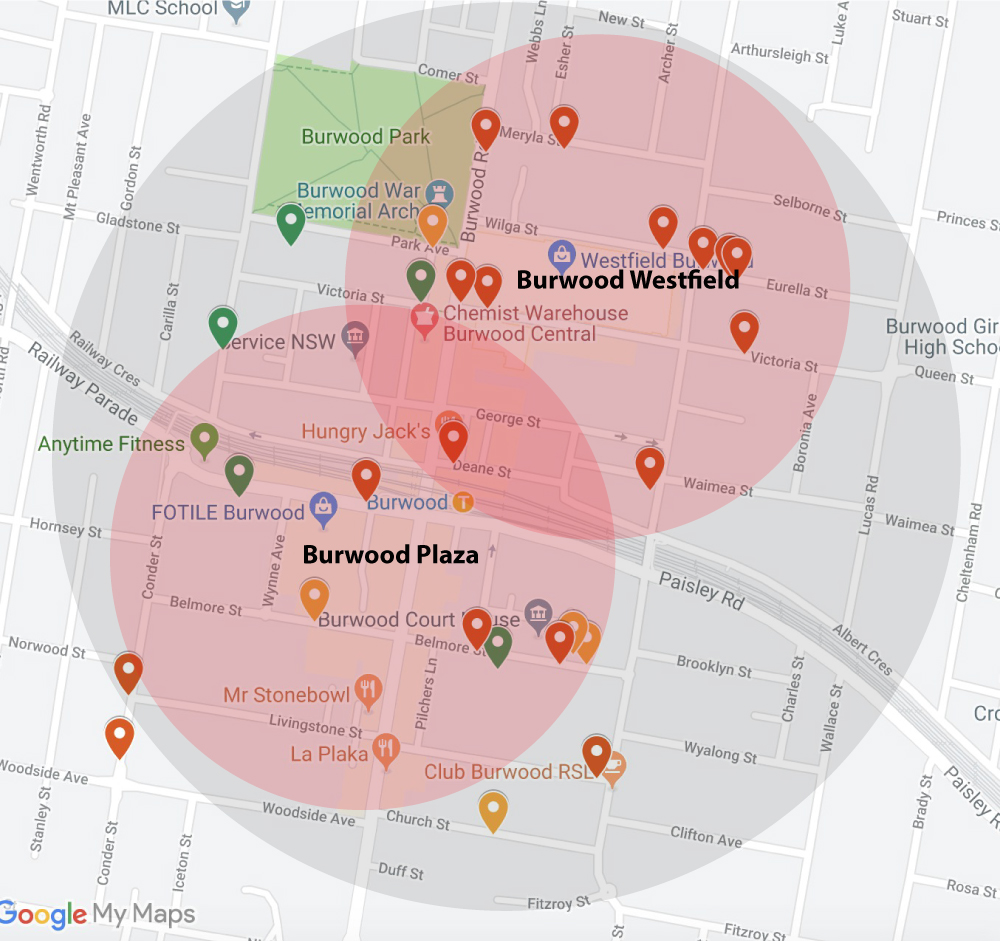
Burwood has two shopping malls which use lots of trolleys, one is Burwood Plaza, the other is Burwood Westfield. We can see from the map that trolleys are roughly abandoned around the two shopping centres. The number of feral trolleys decreases when I walk away from the shopping centre.
This map shows a general idea that who is more likely to use shopping trolleys beyond the retailer’s premises. Shopping trolleys are not suitable for long-distance transportation.
“I go shopping by car if I plan to buy lots of groceries”, Edison Zhang said. “But, if I only want to buy a little stuff, I may come to the shopping centre by walk or by bus.”
Another customer Ethan Johnson said, customers live nearby are more likely to use a shopping trolley to transport groceries home when they walk to the shopping centre but buy too many things”.
Reporting a trolley is quite simple:
| Owner of an abandoned trolley | Report method |
| Woolworths
Big W Dan Murphy’s Flemings Ritchies IGA Food For Less Ikea NSW |
Phone: 1800-641-497
Online Report: trolleytracker.com.au/Report |
| Coles
1st Choice Kmart Target |
Phone: 1800-876-553
Online Report: www.coles.com.au/customer-service/abandoned-trolley |
| Bunnings | Phone: 1300-554-777
General contact: www.bunnings.com.au/contact-us |
| Aldi | Phone: 13-25-34
General contact: www.customerservice.aldi.com.au |
Or you can easily mark an abandoned trolley on Google map to remind residents of potential hazards and retailers to remove those trolleys as soon as possible.
Follow a simple template would be great:
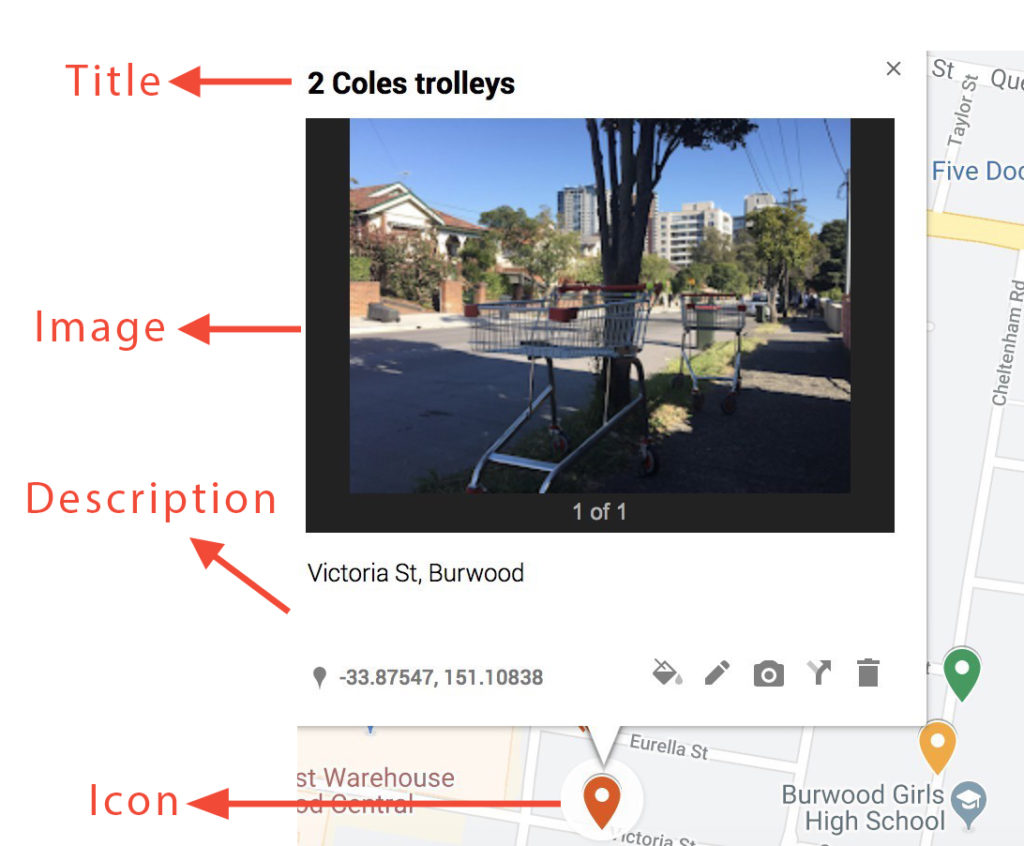
Title: ‘2’ for quantity, ‘Coles’ for trolley owner
Image: how it looks like
Description: give detailed location or landmark nearby
Icon: show which trolley should be removed firstly. ‘Red’ for emergency, ‘Yellow’ for medium emergency, ‘Green’ for less emergency
Also join the discussion in comment area:
“Where is the weirdest place you find an abandoned trolley?”


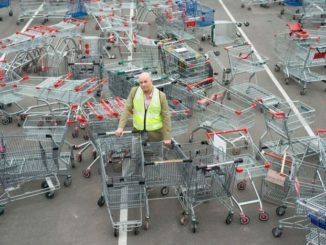
Be the first to comment